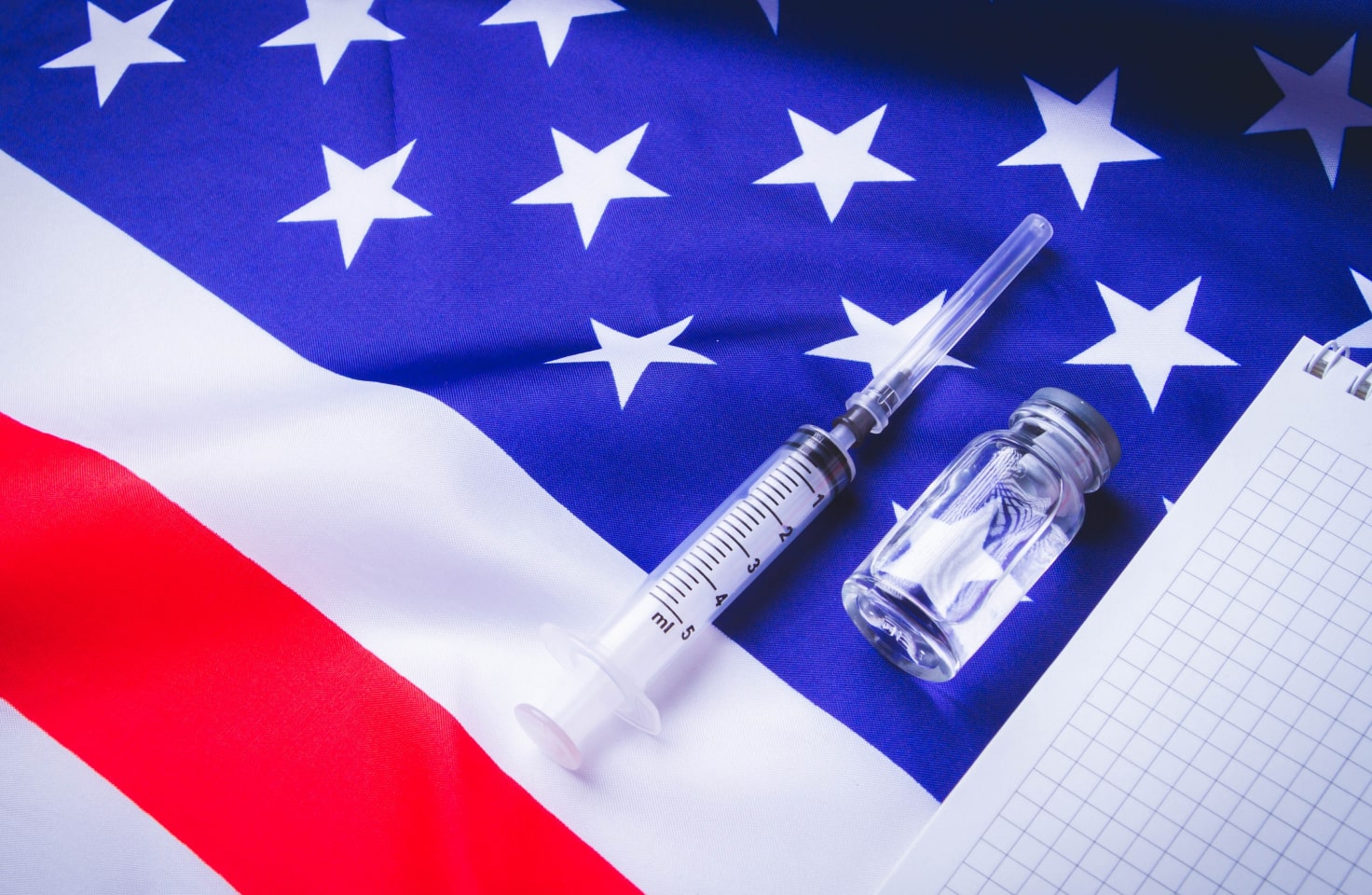T1D Guide
T1D Strong News
Personal Stories
Resources
T1D Misdiagnosis
T1D Early Detection
Research/Clinical Trials
The Special Diabetes Program and Why it’s Important
Funding type 1 diabetes research, accelerating advancements and finding a permanent, biological cure comes from various outlets. The diverse sources include non-profit organizations, private funded agencies and, of course, government funding—which is not always guaranteed.

Advancing Type 1 Diabetes Research
What is the Special Diabetes Program?
The Special Diabetes Program, also known as the Special Statutory Funding Program for Type 1 Diabetes Research, is a government-funded initiative that provides capital specifically for type 1 diabetes (T1D) research and resources.
The U.S. Congress created the Special Diabetes Program in 1997 with bipartisan support after a Congressional Diabetes Research Working Group reported serious limitations in diabetes, particularly T1D. The special funding program began in FY 1998 with the National Institute of Diabetes and Digestive and Kidney Diseases (NIDDK), an institute with the National Institutes of Health (NIH), which conducts and supervises research on many chronic conditions.
The NIDDK administers the SDP in alliance with the Centers for Disease Control (CDC) and the Diabetes Mellitus Interagency Coordinating Committee, generating numerous research resources for the scientific community.
Since its inception, the SDP has benefited from collaborative exploration and clinical trials to prevent, treat, and cure type 1 diabetes, with technological developments like the artificial pancreas, drugs to delay onset (teplizumab), and ways to improve vision for people with T1D.
SDP Funding History
SDP funding has totaled over $2.29 billion over the last 26 years. The program started with $30 million annually, then increased to $100 million from 2001 to 2003. Since 2004, the SDP has been allocating $150 million annually.
Congressional backing, however, is not ensured, as every year, the Senate and House of Representatives vote and allocate funding to be distributed to various research projects and clinical testing throughout the country.
This past March 2024, Congress passed legislation extending funding for the SDP through to December 31, 2024, and for the first time in over 20 years, the funding level was increased by $10 million.
Special Diabetes Program and Breakthrough T1D (formerly JDRF)'s Research Efforts
The SDP complements Breakthrough T1D's efforts to improve the lives of individuals with T1D by fast-tracking progress toward treating, preventing, and ultimately finding a cure.

Every year, Breakthrough T1D’s advocacy campaigns and Children’s Congress lobbies to ensure the funding continues. Breakthrough T1D’s Promise to Remember Me Campaign addresses the importance of renewing SDP for T1D research and brings key issues such as insulin affordability to the forefront.
In 2019, Breakthrough T1D, the American Diabetes Association (ADA), the Endocrine Society and the National Indian Health Board urged House and Senate Leadership to ensure the SDP and the Special Diabetes Program for Indians (SDPI) continue without interruption.
Friends in High Places
The SDP has received support from several government leaders in support of continued funding — Congressional Diabetes Caucus Co-Chairs, Representative Diana DeGette (D-CO) and Representative Tom Reed (R-NY), and Senate Diabetes Caucus Co-Chairs, Senator Susan Collins (R-ME) and Senator Jeanne Shaheen (D-NH).

SDP Two Health Initiatives
The SDP’s two goals involve:
- Advanced T1D research within the National Institutes of Health
- Fund treatment, education and prevention programs for American Indian and Alaska Native populations.
The SDP has gained significant ground in cure therapies, preventative studies, and advanced treatments for vision improvement in individuals with diabetic eye disease.
Special Diabetes Program For Indians
At the same time the special statutory funding was established, Congress created the Special Diabetes Program for Indians (SDPI) to fund diabetes prevention and treatment for American Indians and Alaska Natives. American Indian and Alaska Native adults are twice as likely to have diabetes as non-Hispanic whites, with the death rate 1.8 times higher than the general U.S. population.

The SDPI provides $150 million annually to HIS, Tribal, and Urban Indian Health programs nationwide. The funded research has led to breakthrough treatments. The $150 million grant program funds diabetes services at urban Indian health programs. With 301 program sites in over 35 states, the program has decreased the prevalence of diabetes in AI/AN adults.
SDP Achievements
The SDP and SDPI have led to widespread funding opportunities and innovation in preventing T1D treatment. Most impressively, there was a 54% decrease in the incidence of diabetes-related end-stage renal disease in the American Indian and Alaska Native people.
Other advancements include:
- Beta cell replacement therapies
- Artificial pancreas (AP) systems have achieved tighter blood glucose control
- Open and closed-loop hormone replacement therapies
- Research to prevent or delay T1D
- Diabetes surveillance systems to track diabetes prevalence and complications
- Monitoring systems of diabetes clinical care
- Research diabetic eye disease rates with a 50% reduction in diabetic eye disease rates
- Decreased average blood sugar level by .9%
- No increase in obesity and diabetes rates in youth over the last ten years

Why Your Support Matters
In the past, SDP-funded research and preventative programs have led to diabetes treatment with multiple FDA-approved disease-modifying therapies to delay T1D onset and clinical trials to accelerate diabetes research breakthroughs. Interested parties can sign up to be advocates for this critical diabetes care funding.
Squeaky Wheels Get Oiled First
This wouldn’t have happened without pressure from thousands of individuals reaching out to their congressperson. Every person’s advocacy helps raise awareness for type 1 diabetes. Through the advocacy efforts of Breakthrough T1D, communities contact their representatives and share their stories, urging Congress to act efficiently and make it a priority.


.webp)





.webp)
.jpg)
.jpeg)
.jpg)
.jpg)
.jpg)
.jpg)



.jpg)
.jpg)

.jpg)

.jpg)



.jpg)
.jpg)
.jpg)
.jpg)


.jpg)
.jpg)


.jpg)
















.jpg)





.jpg)







.webp)


















.webp)


%20(1).png)
























.webp)







.webp)